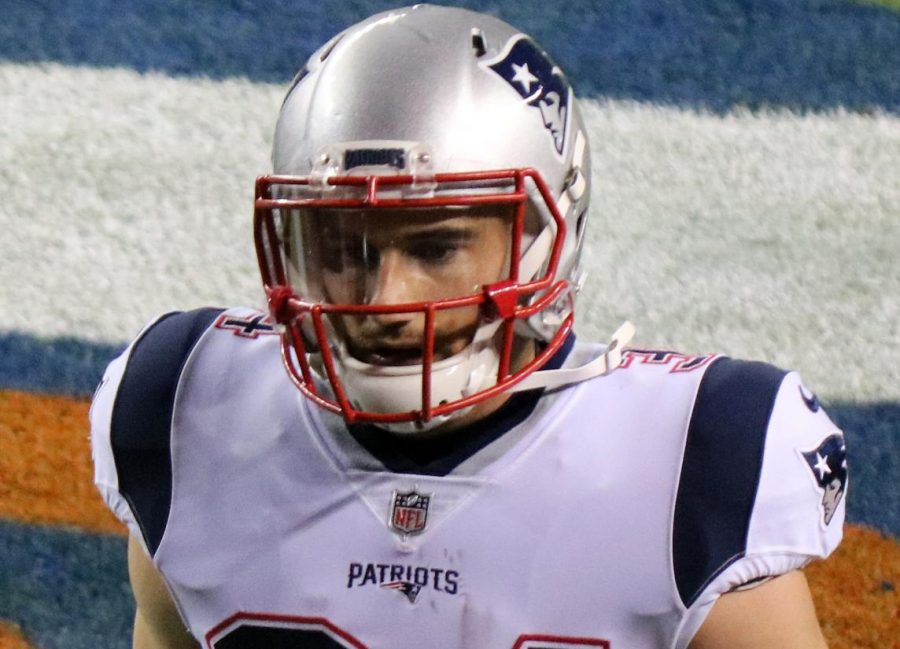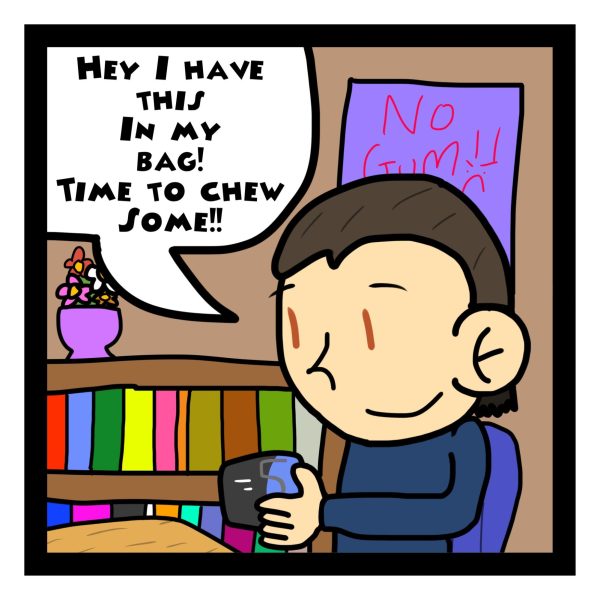NFL Overtime Rules Have Stayed For Too Long
February 27, 2019
To be straight, the NFL is broken. Its catch rule can be interpreted in different ways, the referees are frustrating, and there are other aspects of the league that has led to angry football fans. However, most of all, the overtime rule has been under the microscope recently, following the New England Patriots versus Kansas City Chiefs AFC Championship game, where the high-flying Chiefs’ offense never got a chance to match the Patriots’ touchdown in overtime. This left a sour taste in most viewers’ mouths, including mine.
Most people crave a shootout, which is why everyone wanted the Chiefs versus the New Orleans Saints or the Los Angeles Rams in the Super Bowl. The Chiefs versus Rams regular season game this year was an instant classic, a 54-51 death battle where the Rams pulled out the victory in the final minute. Games like these keep viewers engaged and excited – unlike the most recent Super Bowl.
The NFL needs to make changes to the overtime rules, or there will be more outrage. They should use rules that have been implemented in college football to enhance the entertainment level of an overtime game.
Ties can also sour the ending of a regular season game, delegating no winner and no loser in one of the sixteen games teams can play. Since the overtime rule was put into place in 1974, there have been 24 ties and 604 overtime games. The new rules give a huge advantage to the team who wins the coin toss, because if they score a touchdown that’s the game. However, if they score a field goal or punt it away, the opposing team only has to match or one-up them.
In contrast, the NCAA has eliminated ties. Their overtime rules include removing the kickoffs and punts, the most dangerous parts of football, and just placing the ball on the 25 yard line of the opponent’s side of the field. The team who has the ball first either gets a touchdown, field goal, or nothing. The second team beats them with a touchdown (if the first team kicked a field goal or got no point) or a field goal (if the first team got no points). The game continues if the second team matches the points the first team acquired until one team wins. An instant-NCAA football classic happened this year as well, when the Texas A&M Aggies upset the LSU Tigers in a 7OT, 74-72 shootout that was not only the longest overtime game in NCAA football history but the highest-scoring game as well. It started at 3:30 in the afternoon and ended at 8 at night, with the crowd still there cheering until the final score. The number of people who stayed reflects my statement from before that most people love shootouts, and with the NFL adapting a new overtime rule like the NCAA’s there would be plenty more of those.
It is not only a benefit to the fans, but to the NFL and the players. It makes headlines and will have people buzzing, replaying, retweeting, and posting highlights of games, which raises publicity and viewers. It also can be seen as a health benefit for the players. From 2002-2007, 28.2 percent of concussions occured during special teams operations, mainly kickoffs and punts, even though most of the time it accounts for much less than one-fourth of the plays. That is more than one-fourth of concussions, one of the most prominent concerns for players since it can lead to chronic traumatic encephalopathy (also known as CTE) and permanent brain damage, that can be avoided during overtime.
In conclusion, the NFL should change the overtime rules to the NCAA rules. Most viewers would accept the rule change with open arms, since it can lead to longer and more interesting football in such a short season. It’s a better (and safer) product for the viewers, players, and the organization.













